Which Battery That A Camera Uses?
A camera can use different types of batteries depending on the model and brand. Some cameras use rechargeable lithium-ion batteries, while others use disposable alkaline or lithium batteries. It is important to check the camera's manual or specifications to determine the type of battery it requires.
1、 Lithium-ion batteries
Which battery that a camera uses? The most common type of battery used in cameras today is Lithium-ion batteries. These batteries are known for their high energy density, which means they can store a lot of energy in a small space. They are also rechargeable, which makes them more cost-effective and environmentally friendly than disposable batteries.
Lithium-ion batteries have become increasingly popular in recent years due to their ability to power a wide range of devices, including cameras, smartphones, and laptops. They are also lightweight and compact, making them ideal for use in portable devices.
One of the latest developments in Lithium-ion battery technology is the use of solid-state batteries. These batteries use a solid electrolyte instead of a liquid one, which makes them safer and more stable than traditional Lithium-ion batteries. They also have the potential to offer higher energy density and faster charging times.
Another trend in Lithium-ion battery technology is the use of graphene. Graphene is a highly conductive material that can be used to improve the performance of Lithium-ion batteries. It can increase the battery's energy density, reduce charging times, and improve its overall lifespan.
In conclusion, Lithium-ion batteries are the most common type of battery used in cameras today. They are lightweight, compact, and rechargeable, making them ideal for use in portable devices. The latest developments in Lithium-ion battery technology, such as solid-state batteries and graphene, have the potential to further improve their performance and make them even more versatile.
2、 Nickel-metal hydride batteries
Which battery that a camera uses? One of the options is Nickel-metal hydride batteries. These batteries are rechargeable and have been a popular choice for digital cameras for many years. They offer a higher capacity than traditional alkaline batteries, which means they can last longer between charges. Additionally, they are more environmentally friendly as they can be recharged multiple times, reducing the amount of waste produced.
However, in recent years, lithium-ion batteries have become more popular in digital cameras. Lithium-ion batteries offer a higher energy density, which means they can store more energy in a smaller size. This makes them ideal for smaller cameras and devices that require a lot of power. Additionally, they have a longer lifespan than nickel-metal hydride batteries and can be recharged more times.
Despite the advantages of lithium-ion batteries, nickel-metal hydride batteries are still a viable option for digital cameras. They are more affordable than lithium-ion batteries and can be found in a variety of sizes and capacities to fit different camera models. Additionally, they are less prone to overheating and are generally safer to use.
In conclusion, while lithium-ion batteries have become the preferred choice for digital cameras, nickel-metal hydride batteries are still a reliable and cost-effective option. Ultimately, the choice of battery will depend on the specific needs of the camera and the user's preferences.
3、 Alkaline batteries
Which battery that a camera uses? Alkaline batteries are a common type of battery used in cameras. They are affordable and widely available, making them a popular choice for many photographers. Alkaline batteries are also known for their long shelf life, which means they can be stored for long periods of time without losing their charge.
However, alkaline batteries have some drawbacks. They are not as powerful as other types of batteries, such as lithium-ion batteries, which means they may not last as long in high-drain devices like cameras. Alkaline batteries also have a tendency to leak, which can damage the camera and ruin the batteries.
In recent years, there has been a shift towards rechargeable batteries in cameras. Lithium-ion batteries are now commonly used in many cameras, as they offer a higher capacity and longer lifespan than alkaline batteries. They are also more environmentally friendly, as they can be recharged and used multiple times.
Overall, while alkaline batteries are still a viable option for cameras, many photographers are now opting for rechargeable lithium-ion batteries for their superior performance and sustainability.
4、 Zinc-carbon batteries
Which battery that a camera uses? The answer is Zinc-carbon batteries. These batteries have been used in cameras for many years and are still a popular choice for many photographers. They are relatively inexpensive and widely available, making them a convenient option for those who need to replace their camera batteries frequently.
However, it is worth noting that Zinc-carbon batteries are not the most efficient or long-lasting option available. They have a relatively low capacity and can quickly lose their charge, especially when used in high-drain devices like cameras. This means that photographers may need to carry multiple sets of batteries with them on a shoot, which can be inconvenient and add to the overall cost of using Zinc-carbon batteries.
In recent years, there has been a shift towards using rechargeable batteries in cameras. Lithium-ion batteries, in particular, have become increasingly popular due to their high capacity and long lifespan. They are more expensive than Zinc-carbon batteries upfront, but can ultimately save photographers money in the long run by reducing the need for frequent battery replacements.
In conclusion, while Zinc-carbon batteries are still a viable option for camera use, they may not be the most efficient or cost-effective choice in the long run. Photographers may want to consider investing in rechargeable Lithium-ion batteries for their cameras to save money and reduce waste.





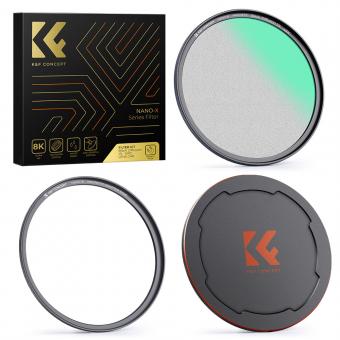
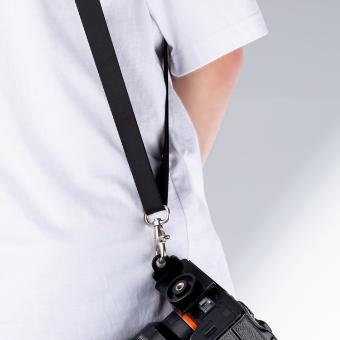

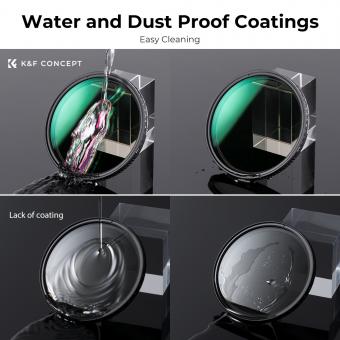



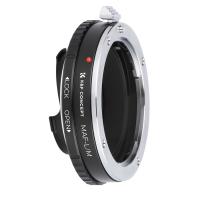




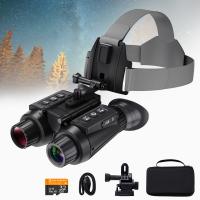

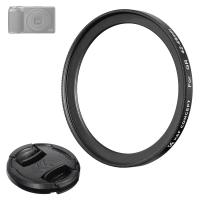


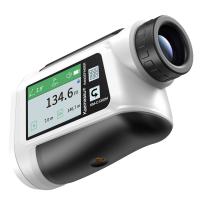
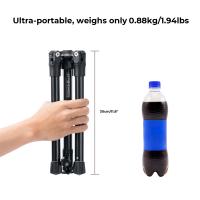




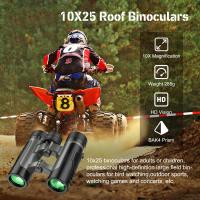


There are no comments for this blog.